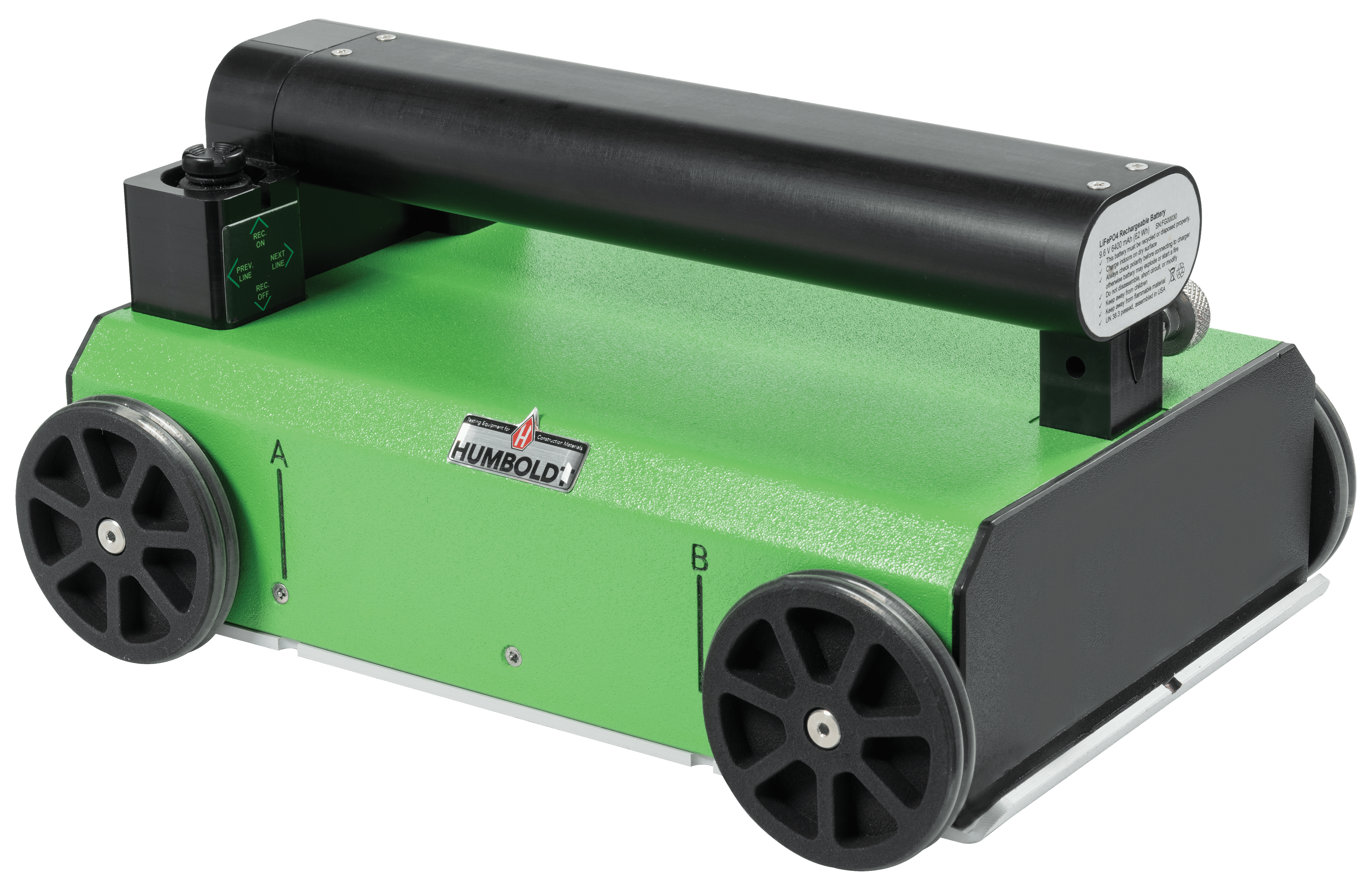Explore RainierGPR Service Areas for Specialist Concrete Scanning
Explore RainierGPR Service Areas for Specialist Concrete Scanning
Blog Article
Enhancing Job Planning and Execution Via Advanced Concrete Scanning Strategies
In the realm of task planning and execution, foresight and accuracy are crucial aspects that can make the difference in between success and troubles. Advanced concrete scanning techniques have actually emerged as an innovative device established to raise the requirements of job management within the building industry. By harnessing sophisticated innovation, these techniques offer a peek right into the structural honesty of a building even before the initial block is laid. The implications of such advancements are extensive, guaranteeing a standard shift in exactly how jobs are approached and supplied.
Benefits of Advanced Concrete Scanning Methods

Improved Accuracy in Task Analyses
Enhancing job assessments through advanced concrete scanning techniques considerably boosts the accuracy and dependability of construction examinations. By employing sophisticated scanning innovations such as ground-penetrating radar (GPR) and 3D imaging, project groups can now obtain detailed understandings right into the problem of concrete structures, determining prospective defects or weaknesses that might not be noticeable to the naked eye. This boosted level of accuracy in job assessments makes it possible for building specialists to make more educated decisions pertaining to fixing and maintenance approaches, leading to boosted general project end results.
In addition, the increased precision in task evaluations achieved via innovative concrete scanning techniques assists in minimizing the danger of unpredicted issues throughout the building phase. By proactively detecting concealed abnormalities within concrete frameworks, such as rebar corrosion or gaps, project groups can deal with these issues at an early stage, staying clear of expensive delays and revamp later on in the job lifecycle. Inevitably, the improved precision in task analyses facilitated by sophisticated concrete scanning methods adds to greater efficiency, cost-effectiveness, and top quality in construction jobs.
Very Early Identification of Architectural Challenges
Early detection of structural difficulties plays an important role in redirected here ensuring the stability and safety and security of concrete frameworks throughout the construction procedure. Recognizing possible problems at an onset enables prompt treatment, stopping pricey rework, routine delays, and security threats. Advanced concrete scanning methods, such as ground-penetrating radar (GPR) and 3D imaging, allow project teams to discover hidden problems, spaces, reinforcement layout discrepancies, and various other abnormalities that can endanger the framework's security.
By executing these techniques throughout the preparation and implementation phases, building and construction specialists can proactively resolve architectural difficulties before they escalate right into major problems. For instance, spotting inadequate concrete cover over reinforcement bars at an early stage can stop rust and structural weakening in the future - RainierGPR Service Areas. Furthermore, identifying variations in concrete density or thickness can assist enhance product usage and guarantee uniform toughness buildings throughout the structure

Eventually, early identification of architectural difficulties with advanced concrete scanning not only boosts the general high quality and sturdiness of the construction however also adds to a more secure developed environment for users and occupants.
Boosted Security Measures in Building And Construction
The application of robust safety methods is vital in the building and click site construction industry to reduce dangers and safeguard the well-being of stakeholders and employees. To boost safety procedures, building and construction companies are progressively taking on technical advancements such as wearable devices that check employees' vital signs and discover prospective wellness concerns in real-time. By focusing on safety and security via the unification of innovative modern technologies and comprehensive training programs, construction jobs can substantially minimize mishaps and produce a protected working atmosphere for all included.
Streamlining Job Monitoring Processes
To maximize functional effectiveness and make sure job success in the building industry, a focus on streamlining task monitoring procedures is necessary. By applying reliable job management procedures, building and construction tasks can lessen hold-ups, reduce costs, and boost general productivity. One key aspect of streamlining project management is using advanced modern technologies such as Building Info Modeling (BIM) software application, which enables real-time partnership, clash discovery, and precise project scheduling. In addition, the fostering of cloud-based job management systems permits seamless communication amongst directory group members, instant accessibility to job data, and the capacity to track progression in real-time.

Final Thought
Finally, the use of innovative concrete scanning strategies supplies countless advantages for task preparation and implementation. These strategies give better accuracy in project analyses, very early recognition of architectural difficulties, improved precaution in building, and streamlined project monitoring procedures. Integrating these techniques into task operations can eventually cause much more effective and effective outcomes in construction tasks.
Eventually, the improved precision in job assessments facilitated by innovative concrete scanning methods contributes to better effectiveness, cost-effectiveness, and quality in building and construction jobs. RainierGPR Service Areas.
To optimize functional efficiency and make certain job success in the construction sector, a focus on simplifying job monitoring processes is vital. By executing efficient job management procedures, building projects can lessen delays, lower expenses, and improve general productivity. By enhancing project monitoring processes via innovation integration, clear interaction, and data-driven methods, building tasks can achieve higher efficiency, cost-effectiveness, and effective outcomes.
These strategies offer improved precision in task evaluations, very early identification of structural obstacles, enhanced safety actions in building, and structured project administration processes.
Report this page